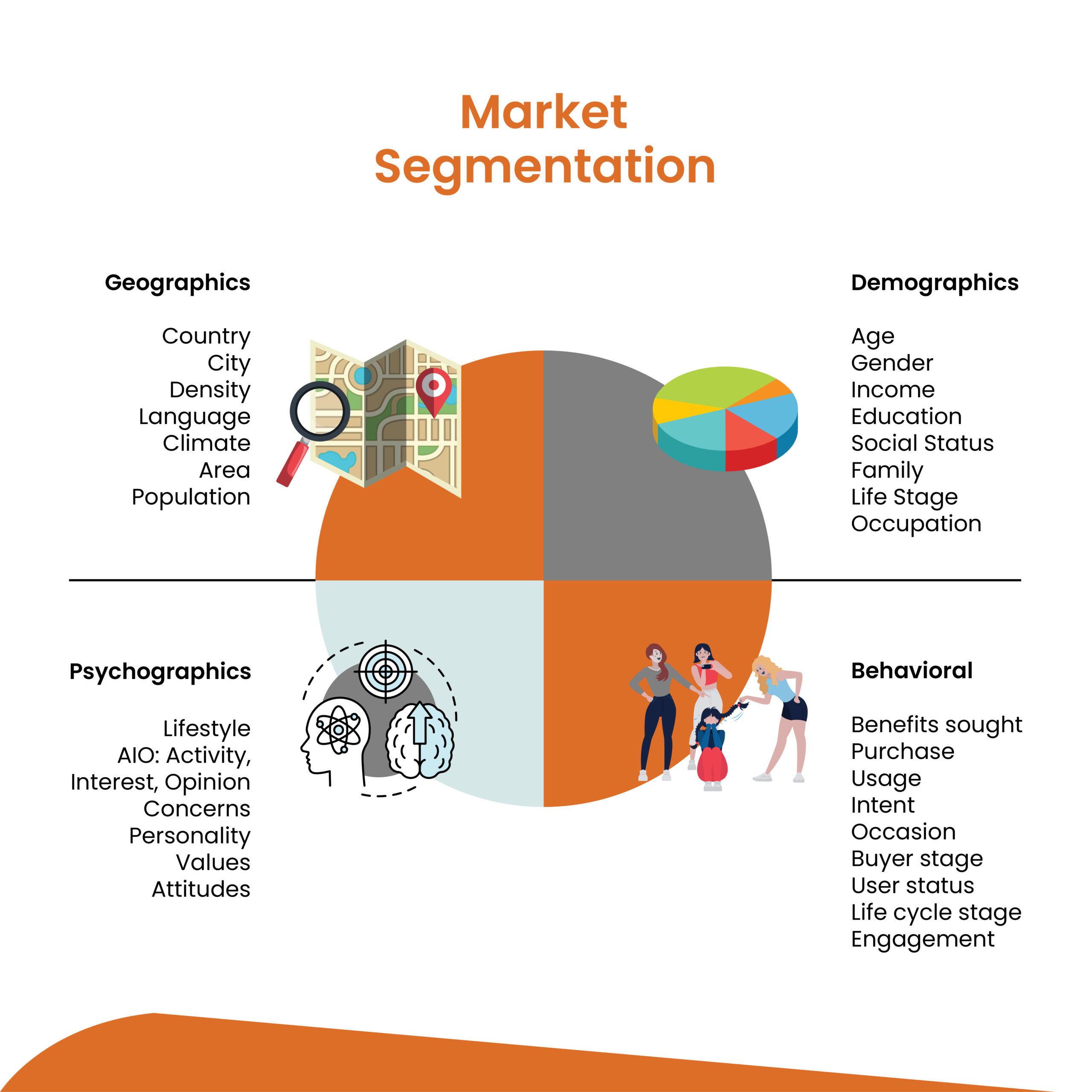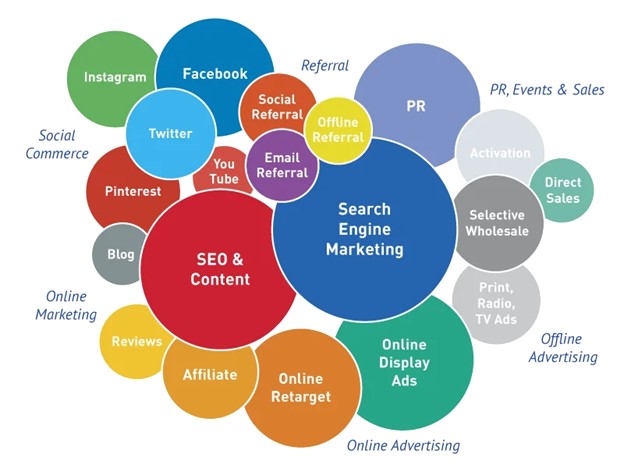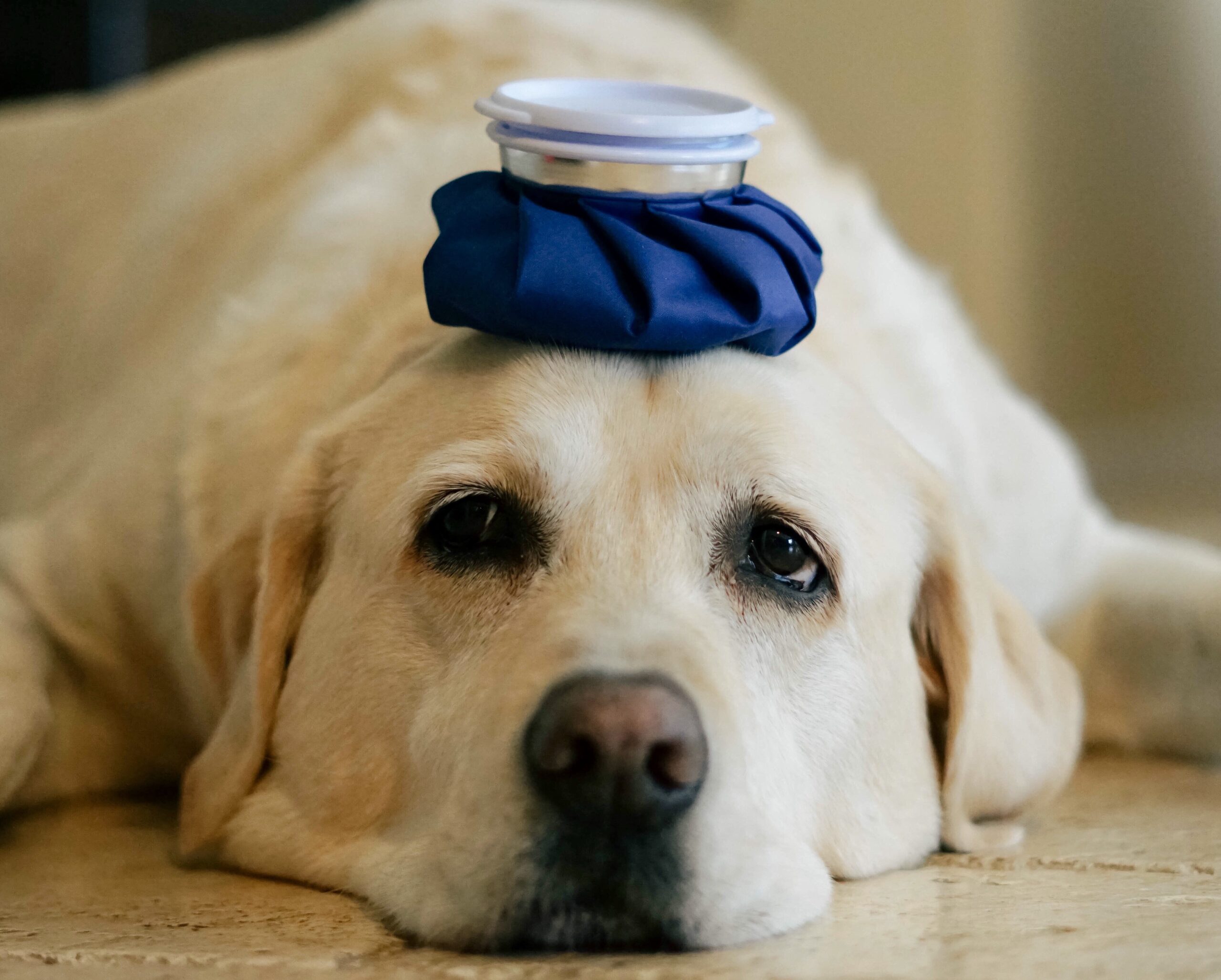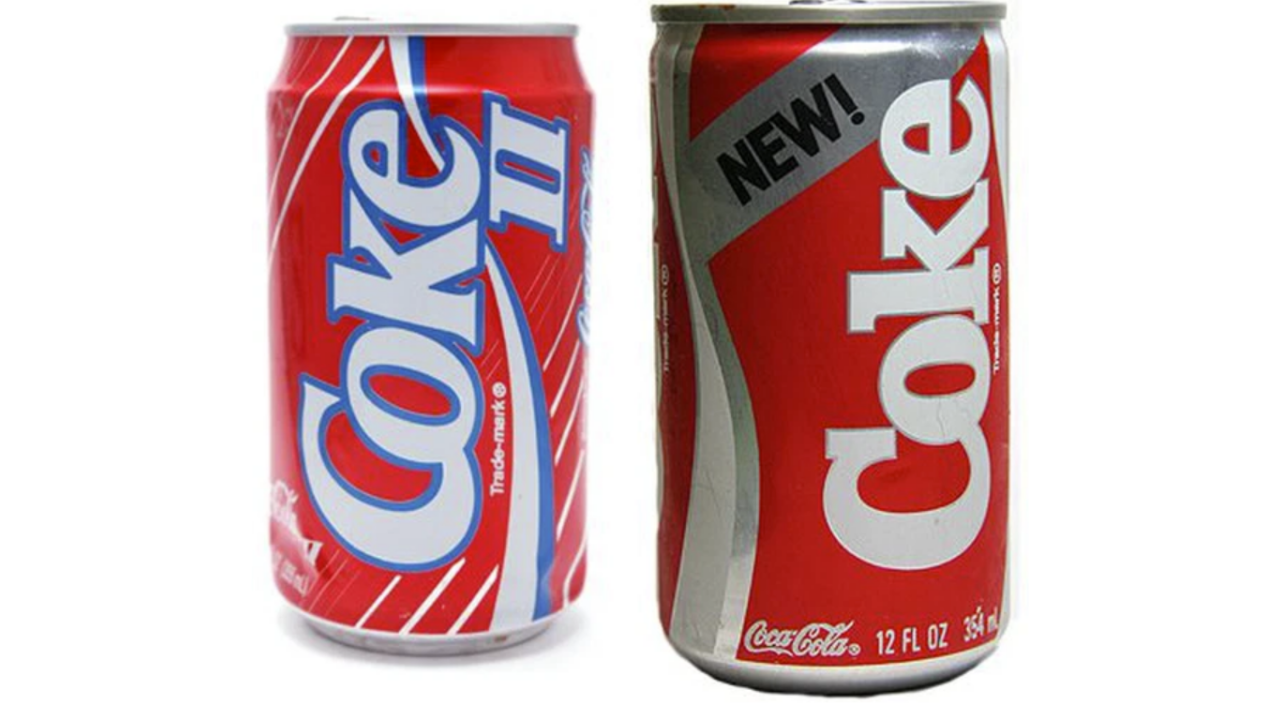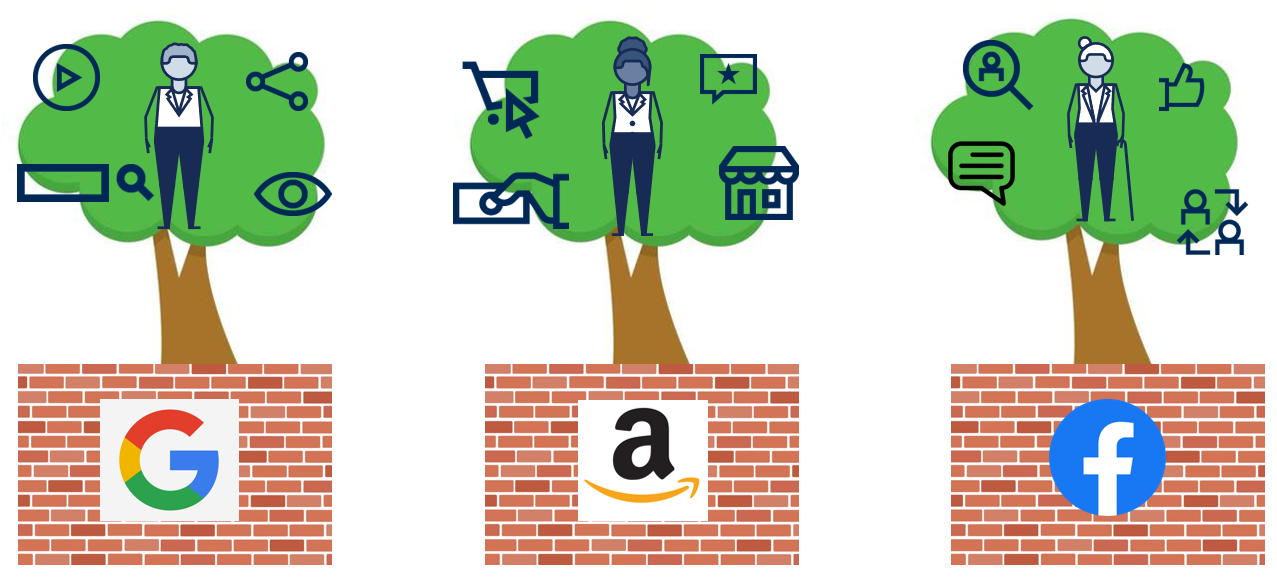Lead conversion is arguably the single most important goal of a marketing campaign. Even other strategies are rendered ineffective when a lead fails to convert. Here we take a look at what marketing segmentation is, why it’s crucial for B2B lead conversion, and how to use it to your advantage to drive revenue and ROI.
What Is Marketing Segmentation?
Marketing segmentation refers to the process of grouping potential customers into cohorts based on common characteristics. This allows businesses to effectively advertise to different groups of buyers within their target audience by developing marketing content and messaging that is custom for each individual group. There are many different ways to categorize buyers; for example, by industry, location, and more, which are covered below.
Why Is Segmentation Important for B2B?
B2B marketplaces are distinguished by a variety of characteristics that differentiate them from their consumer counterparts. Making decisions for an organization is often complex, and a single purchase may involve technical specialists, buying experts, members of the board, manufacturing engineers, production managers, and health and safety professionals, all of whom have their own sets of objectives and priorities.
Grouping your target audience into cohorts based on their goals can help you create more precise marketing campaigns. Instead of publishing generic content to be seen by your whole audience, segmentation helps you deliver relevant content to the right individuals at the right time. This increases the likelihood of buyers interacting with your content and improves quality lead generation.

How Marketing Segmentation Generates Quality Leads
One of the most crucial parts of any marketing approach is segmentation. Each group within your target market will have distinct goals, needs, and awareness of issues their companies are facing. By identifying what motivates ideal buyers in your audience, and how these can change during the buying process, you can create more precise advertising campaigns for your brand.
How to Segment Your Target Audience for Lead Conversion
There are many different ways to segment your target audience for maximum lead conversion. For example, you may want to break up your audience into the following three categories. Or, you may want to group target organizations together based on their demographics or needs. Let’s review each.
1. Top of Funnel (TOF) Targets
Top-of-funnel marketing should attract new leads and generate interest in your brand. These early touchpoints must be approachable enough to attract a broad audience, yet distinct enough to dial into relevant market segments. Examples of TOF prospects include lower-level employees tasked with researching available options or frustrated users looking for solutions to present to their companies.
2. Middle of Funnel (MOF) Targets
Targeting the middle of your funnel (MOF) often involves merging sales and marketing in such a way that prospects are prompted to take action. Organizations interested in your products or services are now aware that they have a concern and are actively seeking solutions.
Leads must be nurtured and qualified by motivating them to interact with your content until they are ready to make a purchase. Ad campaigns targeting MOF leads might focus on identifying and empathizing with the pain points of organizations within your ideal market. At this stage, leads are primed for handoff to the sales team through information and education about how your company’s products or services can solve their most pressing problems.
3. Bottom of Funnel (BOF) Targets
At the bottom of the funnel, leads are close to making a purchase decision. Typically, these targets are higher level decision makers and individuals in upper management positions. These marketing initiatives should position your company as the superior solution to your prospect’s concerns and inspire confidence in organizations to move forward with a purchase.
Organizations are more logistical at this stage and tend to think through purchases in greater detail to decide if taking action is practical, affordable, and beneficial for their company. They may be leaning towards choosing your brand’s solution, but the BOF is where you have the opportunity to close the deal.
Using Demographics to Segment Target Organizations
Many B2B organizations use demographics, also called “firmographics,” to target ideal buyers. For example, you may decide to target small businesses separately from large businesses, or companies in one location separately from those in another. Other demographics for organizations include industry, revenue, end customers, and sales trends.
Needs-Oriented Marketing Segmentation
Depending on the nature of your business and the products and/or services offered, you may want to segment your audience based on their individual needs and pain points. For example, you might develop one marketing campaign for businesses on a budget and an entirely different ad campaign for companies who want to drive productivity.
Unfortunately, this can sometimes be quite difficult to do because not all prospects have similar needs. Many companies have wholly unique pain points and what they need from a product or service differs greatly from that of other organizations you serve. That said, segmentation can be as niche as you want and there’s no particular size a segment of your audience has to be. You can have as many or as few segments of any size you need.

Getting Started with B2B Marketing Segmentation and Lead Conversion
Understanding the importance of segmentation for B2B lead conversion will eventually add to your bottom line.
Gathering data about your ideal buyers, using it to segment your audience, and creating compelling marketing campaigns to target each of those segments is the next critical step in the process. Then, you can analyze the performance of segmented campaigns to cut poorly performing initiatives and invest more into initiatives that are performing well.
Good marketing segmentation helps your brand communicate directly with quality leads by offering relevant content in front of the right audiences at the right time.

